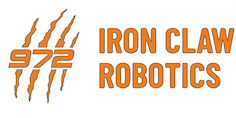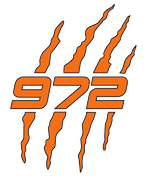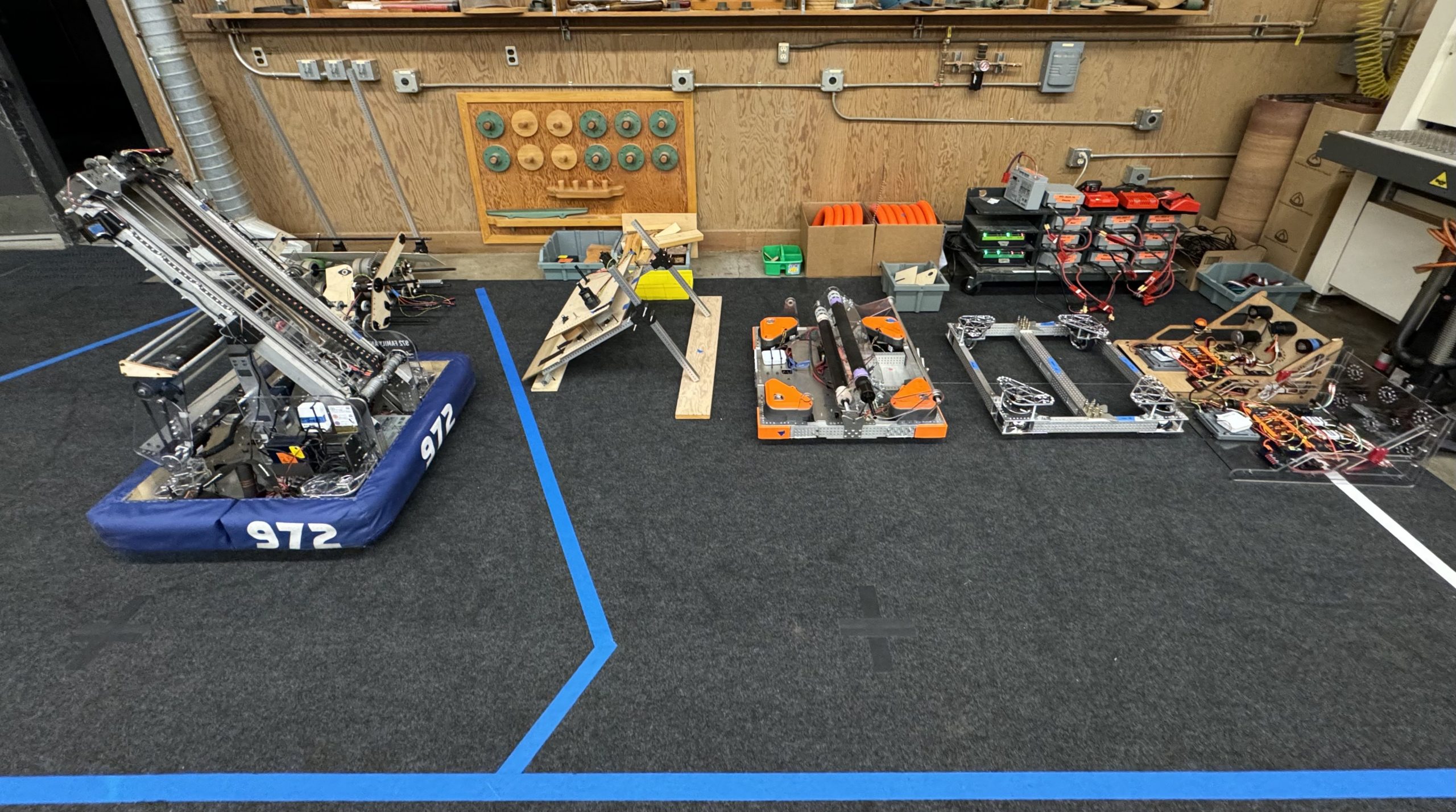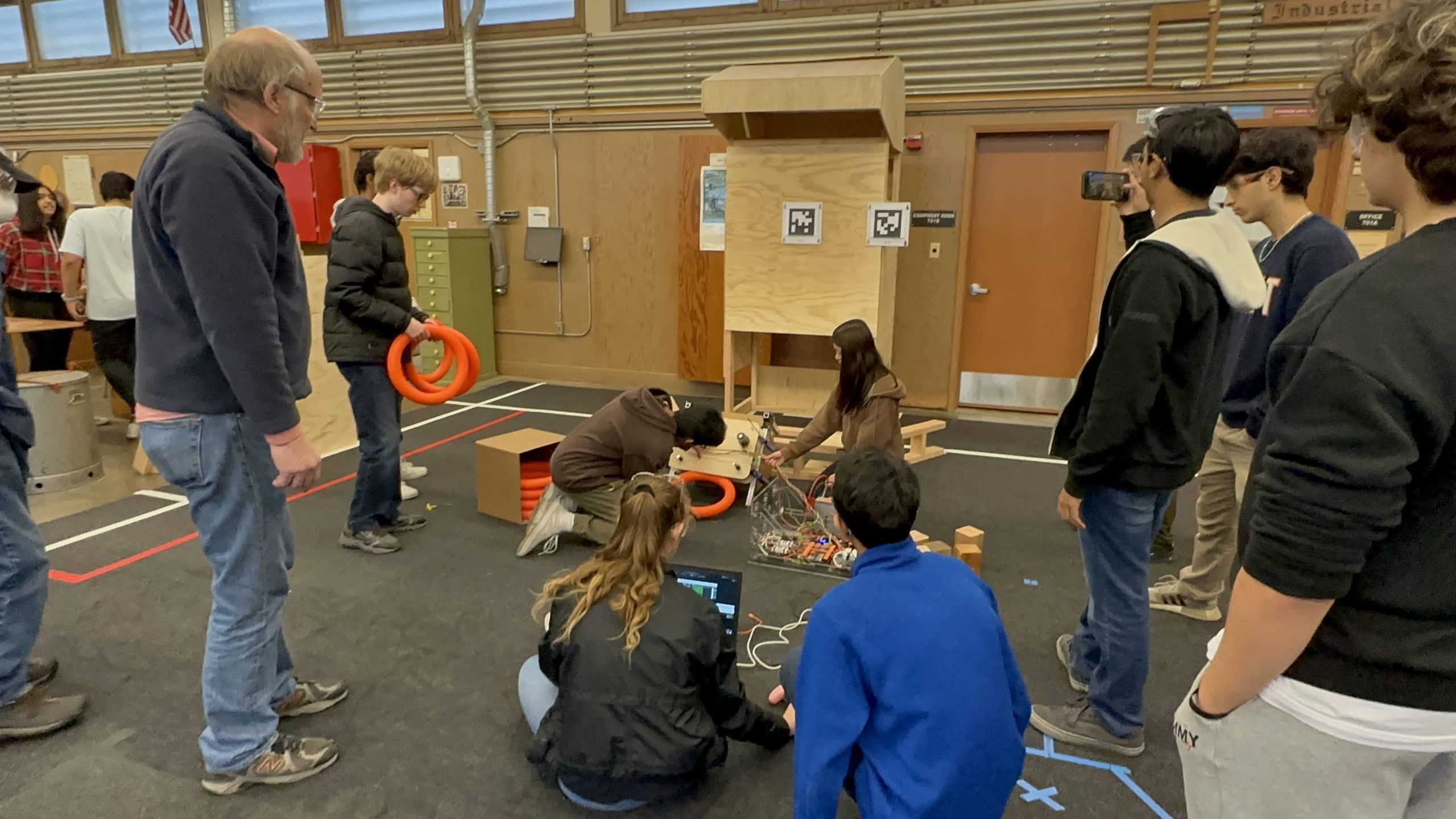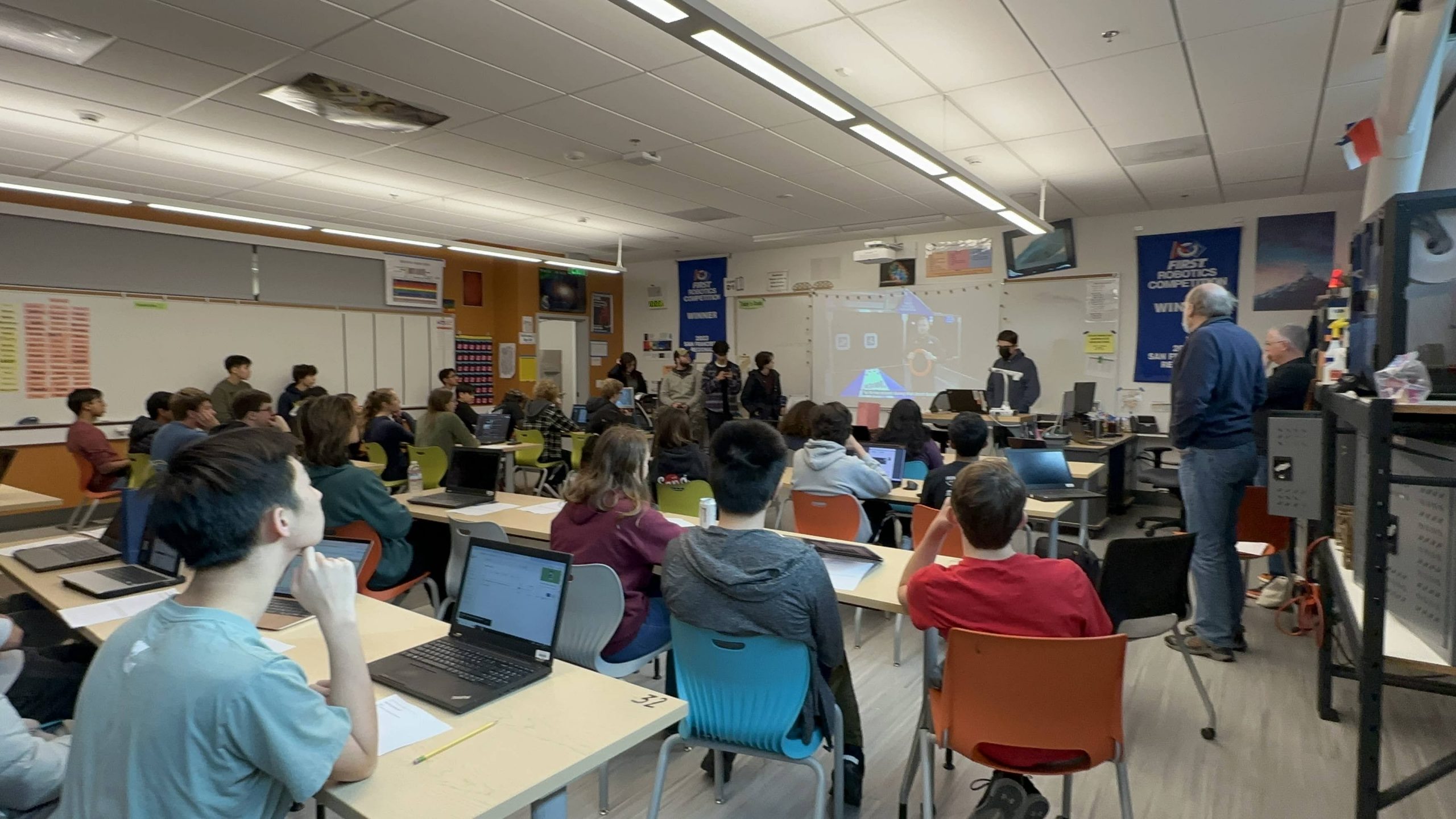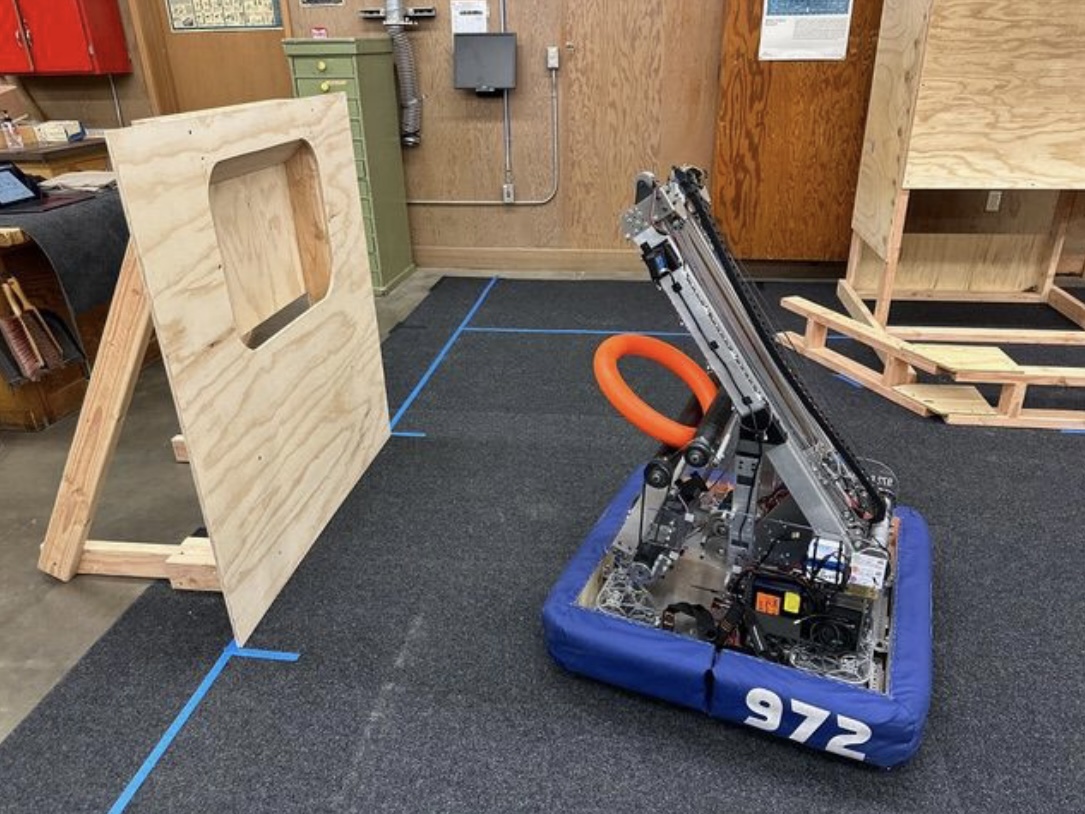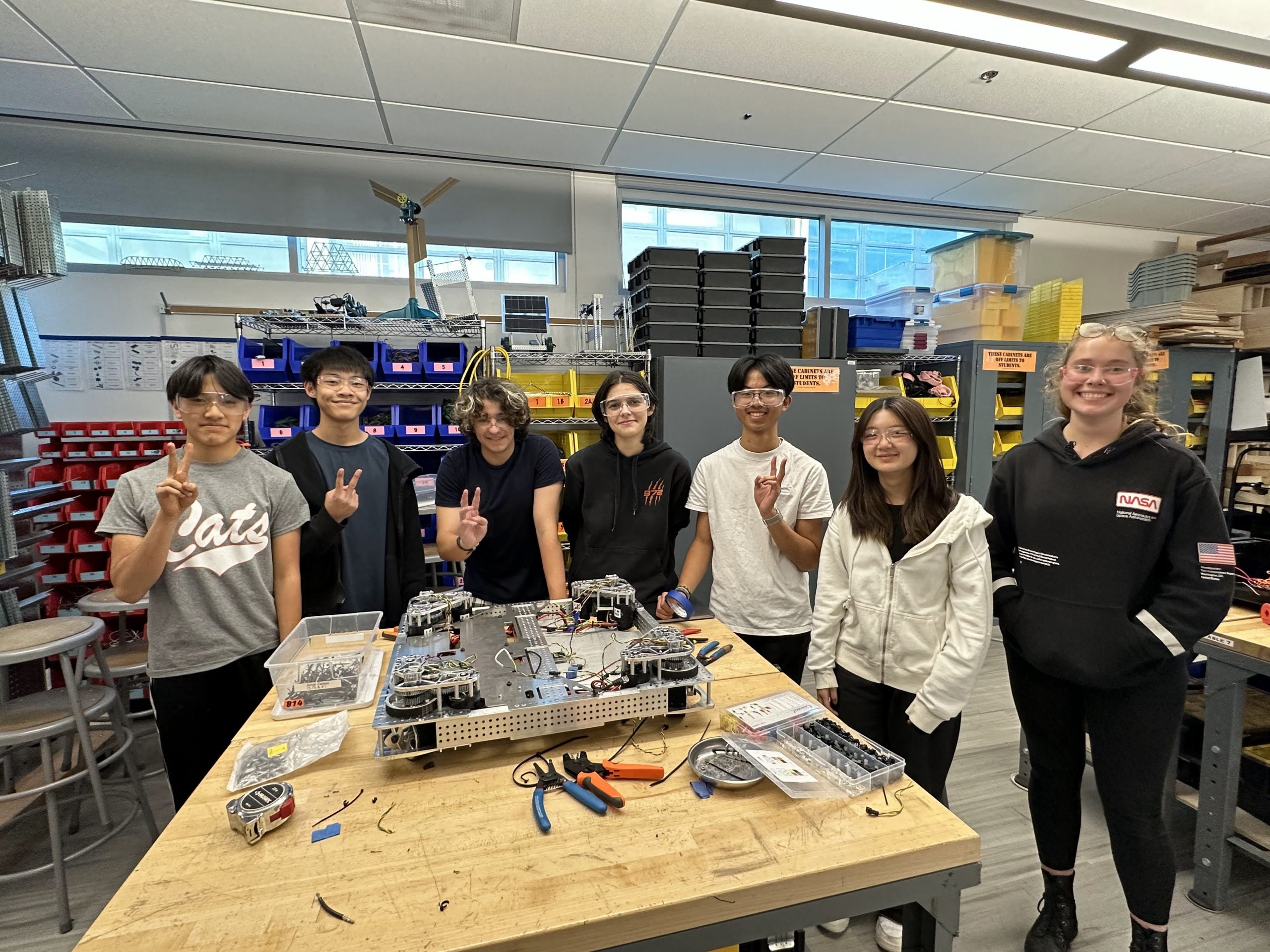2024 Build Blog Week Three
Week three concluded with a DVC (Decision Voting Council) vote on our subsystems. As a team, we extended our prototyping process to ensure that our DVC could use the data and information collected to make an informed decision. We also created an integration team that is responsible for researching possible ways to package and integrate the subsystems onto our 26.5” x 26.5” swerve drivetrain. Below is an overview of how the final prototypes progressed and finished over the week. This year, when presenting the final subsystems, the prototyping teams ensured they validated the capabilities against the functional requirements that the team created in week one. The Fliptake team finished a CAD of the prototype and simulated the full range of motion. We also worked on mounting it to Phil, our off-season swerve robot, to test its ability to intake while driving. In its stowed position, the two rollers of the Fliptake are positioned halfway across the robot with a polycord infinity loop, allowing spin in opposite directions. Incorporating a self-centering board cements the note to flip back on the pivot and handoff to the shooter. However, we found that the self-centering board acted as more of a hardstop for the note. During data collection, we accomplished a 100% success rate during 25 trials from the center using the stationary [...]
